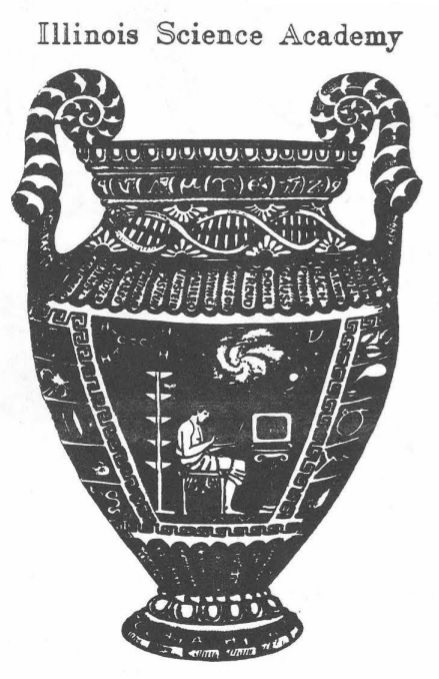Math-Science Academy for Illinois Near Approval

Cover of the original proposal for the Illinois Math-Science Academy.
Approval for an Illinois Math-Science Academy is part of the Educational Reform Plan awaiting Governor James Thompson's signature. The Illinois House approved the entire plan earlier in June and sent it to the Senate; the Senate gave the package its final approval at the close of the 1985 legislative session.
The Math-Science Academy was the brain-child of Fermilab Director Leon Lederman. A feasibility study conducted in October of 1983 was sponsored by the Friends of Fermilab Association and the Corridor Partnership for Excellence in Education. Thirty-nine Illinois high school teachers and college and university professors developed a proposal for Governor Thompson. Thompson in turn proposed the Academy in an address to the General Assembly early in 1984, and the Math-Science Academy was then appended to the Educational Reform bill through the efforts of Sen. Forrest Ethridge (R.-Aurora). The concept is also tied to the economic development plans of Illinois.
Included in the Educational Reform Plan is $500,000 to begin planning for the establishment of the high school for gifted 10th through 12th graders. The residential Math-Science Academy will be located in the Fox Valley area and will serve students from throughout the state.
Once the Governor has signed the legislation, a mandated Board of Trustees will be appointed to develop implementation plans. Representatives of the scientific community, secondary and higher education, and the public-at-large will be involved in administering the Academy.
Students at the Academy will have available to them rigorous coursework in science and mathematics as well as in English, social sciences, foreign languages, humanities, and the arts. There will be opportunities for independent study and research with advisors from Illinois industries and research laboratories.
Every student will take part in community-service activities outside the classroom. In addition, a rich cocurricular program will be provided. It is expected that the small Academy enrollment of some 800 students will have a negligable effect on the balance of Illinois high schools, while assuring a salutary teacher-student ratio.
The school will be a "flagship" for math and science education where new curriculum materials can be developed and where teachers from other Illinois schools will receive additional training to update their understanding of basic material.
Funding for the Math-Science Academy is to be a joint venture between the State of Illinois and private industry, particularly companies in the so-called High Tech Corridor along the East-West Tollway. Current operating cost estimates for the school are $6,000,000 per year.
The Academy will also be of benefit to the State of Illinois. It will have close ties to Illinois colleges and universities and will therefore work to keep its graduates in Illinois at least through their university education. This in turn will make it more likely that students will continue to live in Illinois as they pursue their professional careers.
The original proposal to Governor Thompson perhaps most clearly defined the need for the Math-Science Academy when it stated "...the Illinois Science Academy will set standards that other states and schools will be forced to emulate. Proceeding by example is perhaps the best way to face the grave national issue of science education. The resultant enhancement of scientific leadership will help move this state to the forefront of technological leadership, and help the nation endure and prosper in the new technological age whose full dimensions are yet to be clearly discerned."


